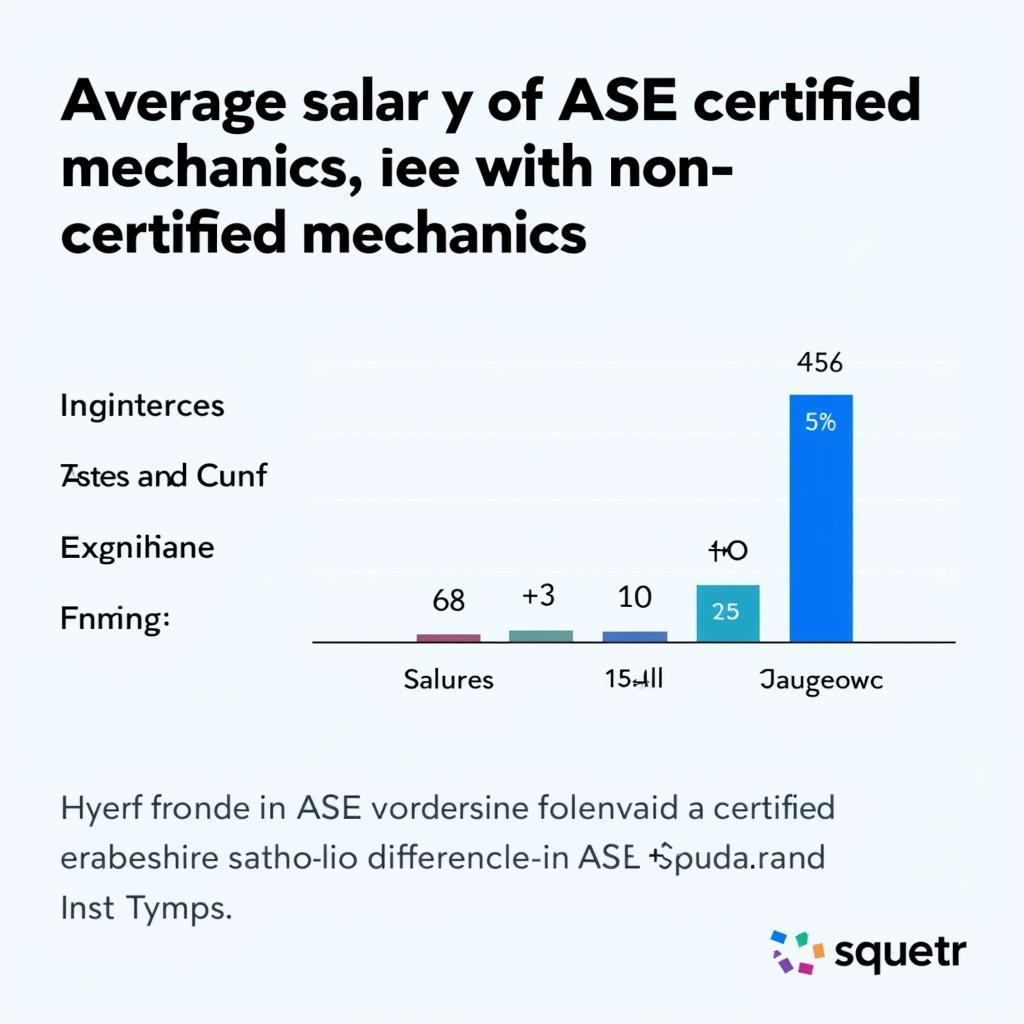The ASEAN 2009 Fourth ASEAN State of the Environment Report, released in Jakarta, provided a crucial snapshot of the region’s environmental health. This report highlighted both the progress made and the challenges faced by ASEAN member states in managing their natural resources and addressing pressing environmental issues. The report served as a call to action, urging greater regional cooperation and sustainable practices for a healthier ASEAN.
Unpacking the ASEAN 2009 Fourth ASEAN State of the Environment Report
The Fourth ASEAN State of the Environment Report, launched in Jakarta in 2009, offered a comprehensive assessment of the environmental conditions across the ASEAN region. It meticulously documented the state of various environmental indicators, including air and water quality, biodiversity, forest cover, and waste management. The report also analyzed the impact of human activities on these indicators, emphasizing the need for sustainable development strategies. The findings presented in the report were instrumental in shaping environmental policies and regional cooperation initiatives within ASEAN.
Key Findings of the 2009 Report
The report highlighted several key environmental concerns. Rapid urbanization and industrialization were identified as major drivers of air and water pollution. Deforestation and land degradation were posing significant threats to biodiversity and ecosystem services. The increasing generation of waste, coupled with inadequate waste management systems, was also flagged as a growing problem. The report stressed the interconnectedness of these issues and the need for integrated approaches to address them effectively.
 Air Pollution in Jakarta in 2009
Air Pollution in Jakarta in 2009
The report also acknowledged the progress made by ASEAN member states in certain areas. Several countries had implemented policies to promote renewable energy and improve energy efficiency. Initiatives to conserve biodiversity and manage protected areas were also gaining momentum. The report underscored the importance of sharing best practices and strengthening regional cooperation to accelerate progress towards environmental sustainability.
Why is the 2009 Report Still Relevant Today?
While more than a decade old, the 2009 report holds continued relevance. It serves as a baseline for tracking environmental progress in the ASEAN region. By comparing the findings of the 2009 report with subsequent assessments, we can gauge the effectiveness of policies and interventions. The 2009 report also highlights the enduring nature of many environmental challenges facing ASEAN, emphasizing the need for ongoing efforts to promote sustainable development.
What were the major environmental challenges identified in the ASEAN 2009 Fourth ASEAN State of the Environment Report?
The report identified several critical environmental challenges, including air and water pollution, deforestation and biodiversity loss, and waste management issues. These challenges were often linked to rapid economic development and urbanization.
How did the report influence environmental policy in ASEAN?
The report played a crucial role in shaping environmental policy within the ASEAN region. It provided a strong evidence base for policy decisions and encouraged greater regional cooperation on environmental issues. The report also helped raise public awareness about the importance of environmental protection.
Conclusion
The ASEAN 2009 Fourth ASEAN State of the Environment Report, Jakarta, remains a significant document. It provides valuable insights into the environmental landscape of the region at a pivotal moment. Its findings continue to inform and influence environmental policy and action within ASEAN, urging continued cooperation and innovative solutions for a sustainable future. The challenges and opportunities highlighted in the report remain relevant today, underscoring the ongoing need for concerted efforts to protect the environment and ensure the well-being of the ASEAN community.
FAQ
- What is the ASEAN State of the Environment Report? The ASEAN State of the Environment Report is a comprehensive assessment of the environmental conditions in the ASEAN region, published periodically.
- Where can I access the 2009 report? The report is available through the ASEAN Secretariat website and various online archives.
- What are some of the key environmental issues facing ASEAN? Key issues include air and water pollution, deforestation, biodiversity loss, and climate change.
- How is ASEAN addressing these challenges? ASEAN is working on various initiatives, including regional agreements, policies, and programs to address these issues.
- What is the role of the public in environmental protection? Public awareness and participation are crucial for effective environmental protection.
- How can I contribute to a more sustainable ASEAN? Individuals can contribute through responsible consumption, supporting sustainable businesses, and advocating for environmental protection.
- What is the significance of the Jakarta launch of the report? The Jakarta launch symbolized Indonesia’s role in leading regional environmental efforts.
Need support? Contact us: Phone: 0369020373, Email: aseanmediadirectory@gmail.com or visit us at: Thon Ngoc Lien, Hiep Hoa, Bac Giang, Vietnam. We have a 24/7 customer support team.
